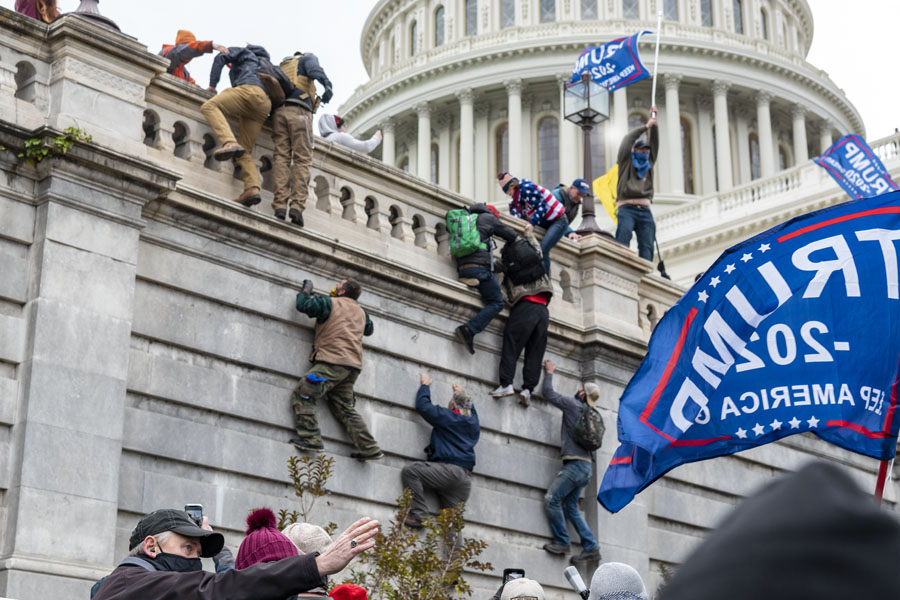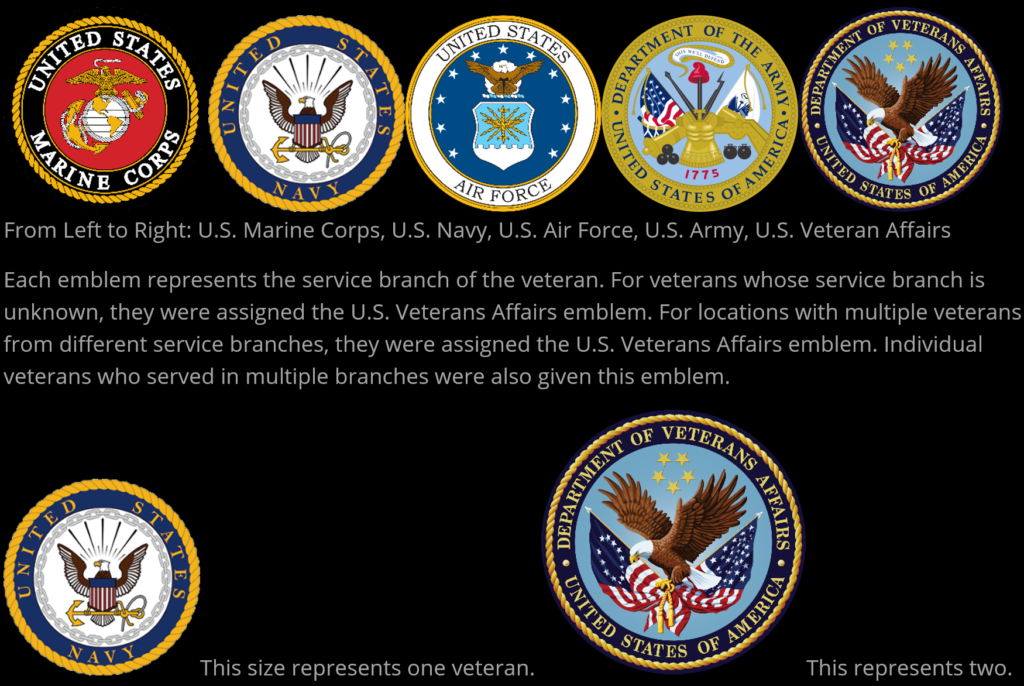What drives individuals who promise to preserve and protect the U.S. Constitution to change course and challenge the legitimacy of their government once they leave the service? The veteran presence at the U.S. Capitol riot stunned government officials and civilians alike. As of July 2021, NPR found that 74 of the 545 individuals charged by the government for their actions in and around the Capitol building (roughly 14%) came from a military or law enforcement background. A study from West Point and George Washington University discovered that members from every military branch besides the Coast Guard and the Space Force were among the defendants charged by the government. Less than half (44%) of those same veteran defendants had deployed for overseas service. While no credible evidence exists on the link between susceptibility to radicalization and current/veteran military members, the shocking reality of January 6th has motivated top military brass and the Secretary of Defense Lloyd Austin to combat extremism among the U.S. military.

The data visualization below utilizes a NPR database of the current charges against active duty and veteran military members. NPR’s “The Capitol Charges” database provides incredible detail about those 74 individuals who had military/law enforcement ties. The ArcGIS map below was created using the data compiled from this invaluable resource. The reason I chose the capitol charges as a way to map out veteran connection to reactionary politics is because this data is readily available. Furthermore, the information I used is up to date as of July 27, 2021. As more information comes out, it is likely that more individuals with ties to the military will be implicated. Below you will see the approximate geographic locations of the 61 individuals who are or were members of the U.S. military. Their stories emphasize how this phenomenon is national in scope, and not exclusive to individual branches or areas in the United States.
The legend you see below outlines why certain emblems were used to represent each veteran, and explains how the size of each marker represented a numerical value of veterans. The only emblem you will not see on the legend belongs to The Citadel, which is a military college in South Carolina. That emblem can be found on the map, and it represents the two cadets from Fort Mill, South Carolina, who participated in the Capitol riot.
